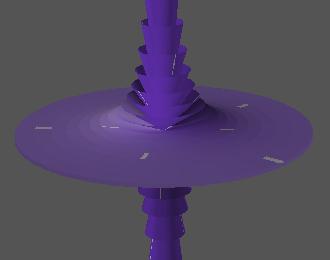
T.W.I.G.S.
The "What Is ...?" Graduate Seminar
Room 1634,
Lederle Graduate Research TowerUniversity of Massachusetts, Amherst

 The Seminar meets Wed 3:00-4:00 in 1634
LGRT.
The Seminar meets Wed 3:00-4:00 in 1634
LGRT.
 Driving Directions and
Campus Maps
Driving Directions and
Campus Maps
 Overview of the Seminar
as well as
Unofficial mottos and sponsors of TWIGS
Overview of the Seminar
as well as
Unofficial mottos and sponsors of TWIGS